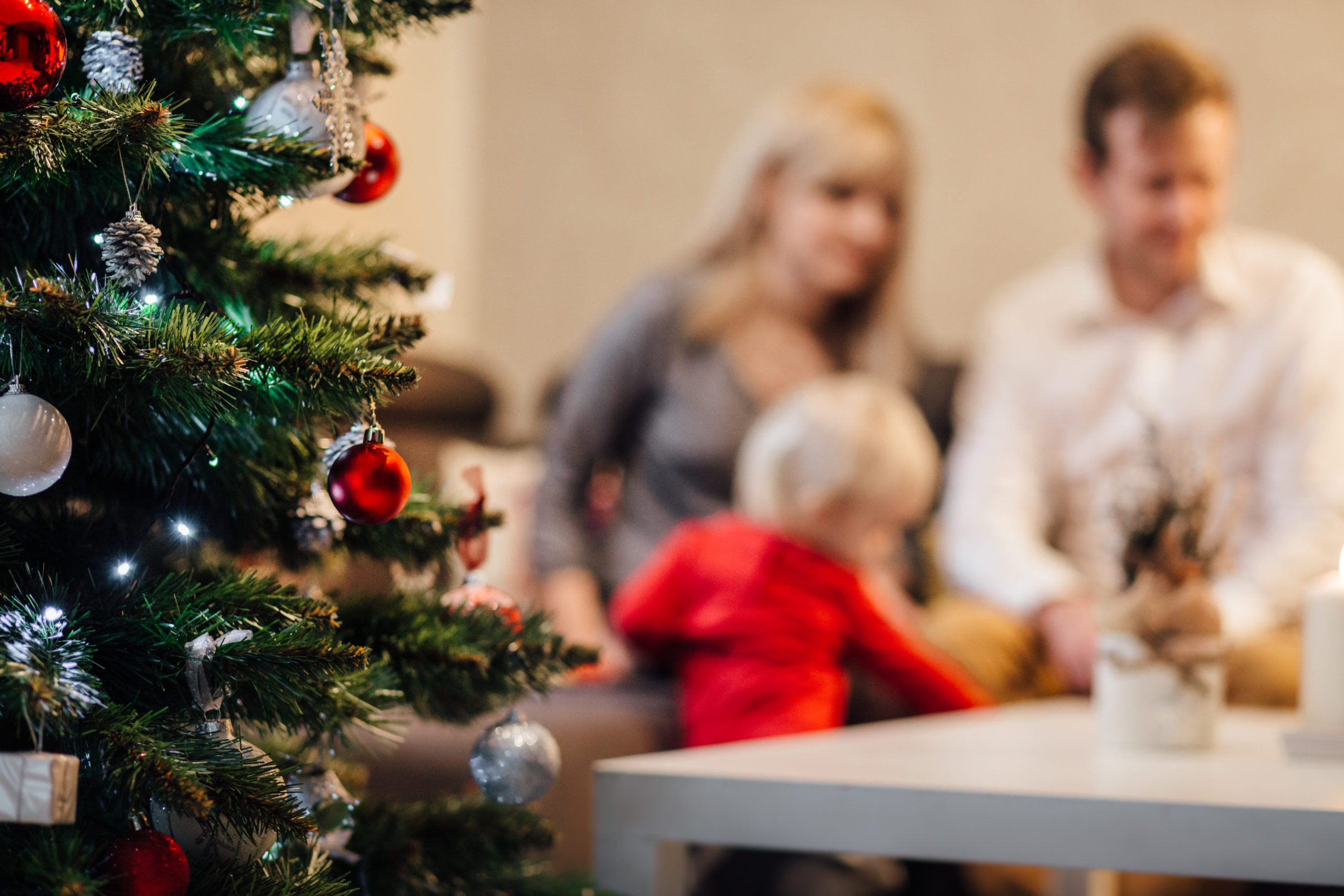Holiday Fire Safety
When most people think about the holidays, family festivities and good cheer likely come to mind. What few of us consider is that the holidays also present an increased risk of home fires. Home fires during the holiday season often involve cooking, Christmas trees, candles and holiday decorations. By taking some preventative steps and following simple rules of thumb, most home fires may be prevented during the holidays and beyond.
Holiday Lights
- Inspect holiday lights each year for frayed wires, bare spots, gaps in insulation, broken or cracked sockets, and excessive kinking or wear before putting them up. If you find any of these problems, always discard the lights, never try to fix them yourselves.
- Do not link more than three light strands, unless the directions indicate it is safe. Connect strings of lights to an extension cord before plugging the cord into the outlet. Make sure to periodically check the wires–they should not be warm to the touch.
- Always unplug lights before leaving your home or going to sleep.
- Bring outdoor electrical lights inside after the holidays to prevent hazards and make them last longer.
Candles
- Candles are widely used in homes throughout the holidays; December is the peak month for home candle fires.
- More than half of all candle fires start because the candles had been too close to things that could catch fire.
- When burning candles, keep them at least 12” away from anything that can burn, and remember to blow them out when you leave the room or go to bed.
- Use candle holders that are sturdy, won’t tip over and are placed on uncluttered surfaces. Avoid using candles in the bedroom, where more than one third of home candle fires begin, or other areas where people may fall asleep.
- Never leave a child alone in a room with a burning candle.
- Consider using flame-less candles, which look and smell like real candles!
Christmas Trees
- U.S. fire departments annually respond to an average of 160 structure fires caused by Christmas trees. 44% of these fires are caused by electrical problems, and one in five resulted from a heat source that’s too close to the tree.
- If you have an artificial tree, be sure it’s labeled, certified or identified by the manufacturer as fire-retardant. If you choose a fresh tree, make sure the green needles don’t fall off when touched; before placing it in the stand, cut 1-2” from the base of the trunk. Add water to the tree stand, and be sure to water it daily.
- Make sure your tree is not blocking an exit, and is at least three feet away from any heat source, like fireplaces, space heaters, radiators, candles and heat vents or lights.
- Use lights that have the label of a recognized testing laboratory, and make sure you know whether they are designed for indoor or outdoor use. Replace any string of lights with worn or broken cords, or loose bulb connections. Connect no more than three strands of mini-string sets and a maximum of 50 bulbs for screw-in bulbs.
- Never use lit candles to decorate the tree.
- Always turn off Christmas tree lights before leaving the home or going to bed.
- After Christmas, get rid of the tree. Dried-out trees are a fire hazard and should not be left in the home or garage, or placed outside the home.
Heaters
- Keep anything that can burn or catch fire at least three-feet away from heating equipment such as furnaces, fireplaces, wood stoves and portable space heaters.
- Remember to turn portable heaters off when leaving the room or going to sleep.
- Never use an oven to heat your home. This is very dangerous and can lead to an electrical fire.
- If you use your home fireplace, have the chimney cleaned at least once a year by a professional. Ignoring the proper upkeep is the leading cause of chimney fires, due to built up creosote.
- Never throw your wrapping paper into a fireplace. Doing so could produce hazardous sparks or a chemical buildup that could result in a dangerous flare-up.
Cooking
- Unattended cooking is the leading cause of U.S. home fires and home fire injuries, with most cooking fires involving the stovetop.
- Stay in the kitchen while you’re frying, grilling or broiling food. Keep anything that can catch fire away from the stovetop, and turn it off when you leave the kitchen, even if it’s for a short period of time.
- If you’re simmering, boiling, baking or roasting food, check it regularly and use a timer to remind you that you’re cooking.
- Create a “kid-free zone” of at least three feet around the stove and areas where hot food and drinks are prepared or carried.
- If you have a cooking fire, just get out! When you leave, close the door behind you to help contain the fire. Call 911 or the local emergency number immediately after you leave.
- If you do try to fight the fire, be sure others are getting out and that you have access to an exit.
- Keep a lid nearby when you’re cooking to smother small grease fires. Slide the lid over the pan and turn off the stovetop. Leave the pan covered until it is completely cooled. For an oven fire, turn off the heat and keep the door closed.

